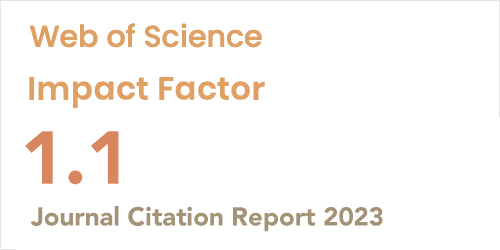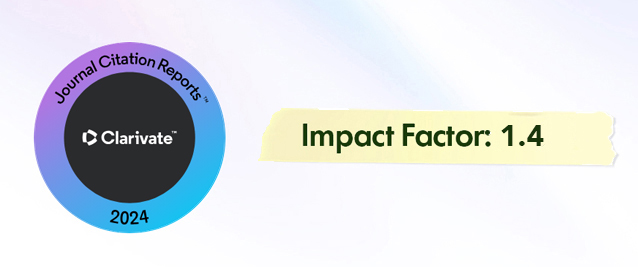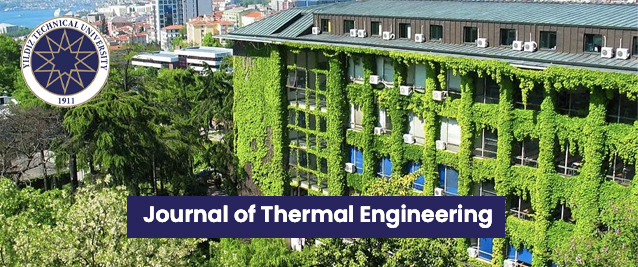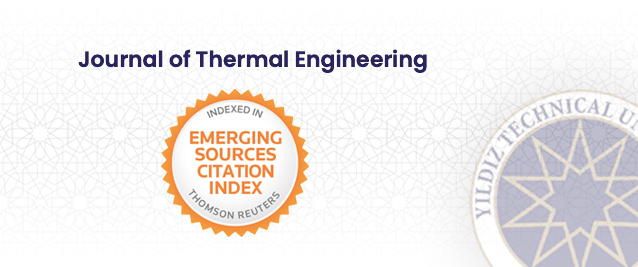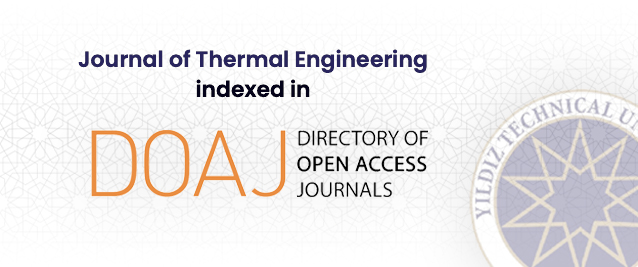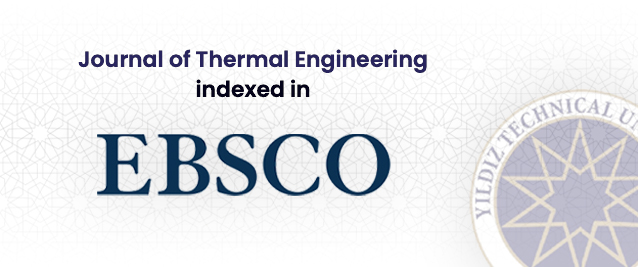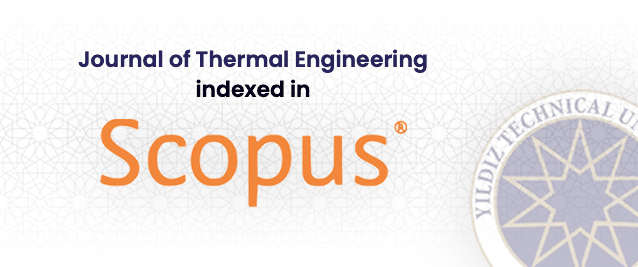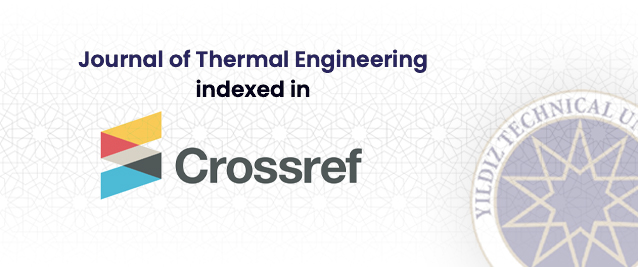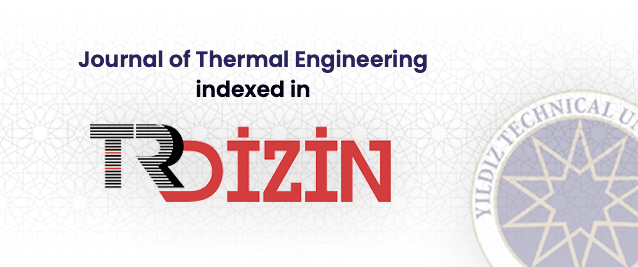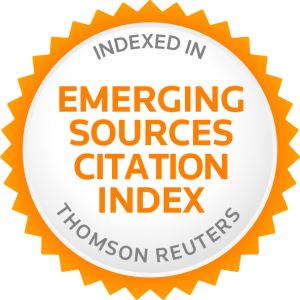Abstract
The energy storage method is very important for many engineering domains, providing multi-ple benefits for a variety of fields. The requirement for an effective way to store heat generated during times of high solar radiation and, recover it later when there is no sun is one of the most frequent issues that solar power systems encounter. Therefore, storing energy using phase change materials (PCM) is an important solution for overcoming the mismatch between the energy supply and demand in solar thermal systems. We study a new heat storage system based on 3 different phase change materials and not on a single one. Most of the previous studies focus on charging or storing heat in a PCM. But crucial problems arise during discharge. Given the low thermal conductivity of the phase change materials, are we able to recover all the energy we have stored and how? This is the major objective of this study. The novel heat storage unit uses three different phase change materials instead of one. These phase change materials are located at variable positions to optimize the performance of the latent heat storage unit. The main pur-pose of the present paper is to numerically study the discharge process of multiple phase change materials in a coaxial solar water/PCM heat exchanger. Different configurations, including the phase change material position and PCM thickness are analyzed. These materials were selected according to their thermophysical properties (melting temperature, thermal conductivity and la-tent heat of fusion). For this purpose, a cylindrical two-dimensional mathematical model based on energy conservation equations was developed. The governing equations were discretized over finite volume controls using the enthalpy method and several numerical simulations were conducted to study multiple PCM/water heat exchangers behaviour. The impacts of the phase change material position and radius are experienced to evaluate the thermal performance of the heat exchanger. The optimal configuration for solidification is determined. It was found that, the heating time can be extended by properly moving the various phase change materials within the tube. Numerous cases are examined. The two cases that offer both advantageous heating choices have a heat delivery time to water that exceeds 138 minutes. When the impact of tube radius is examined, it is discovered that, in the case of a very thin PCM layer, the water records a high tem-perature of 60°C for 40 minutes before declining somewhat but staying above 42°C until t=56 minutes. For about 53 minutes, the water outlet temperature stays above 40°C when the phase change materials cylinder thickness reaches 17 mm. During the heat discharge, a comparatively improved heat evacuation capability is noted. Nevertheless, 28 kJ of heat are not utilized in total. The heat exchanger is unable to release the remaining energy.




